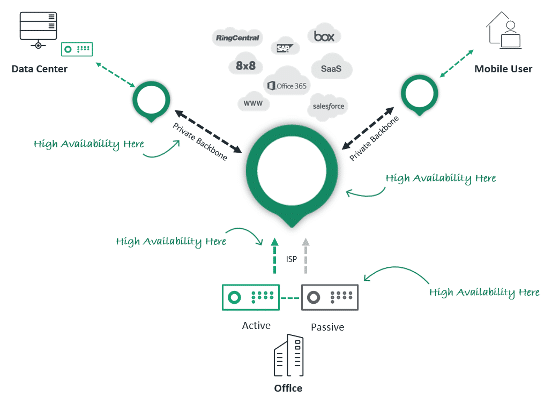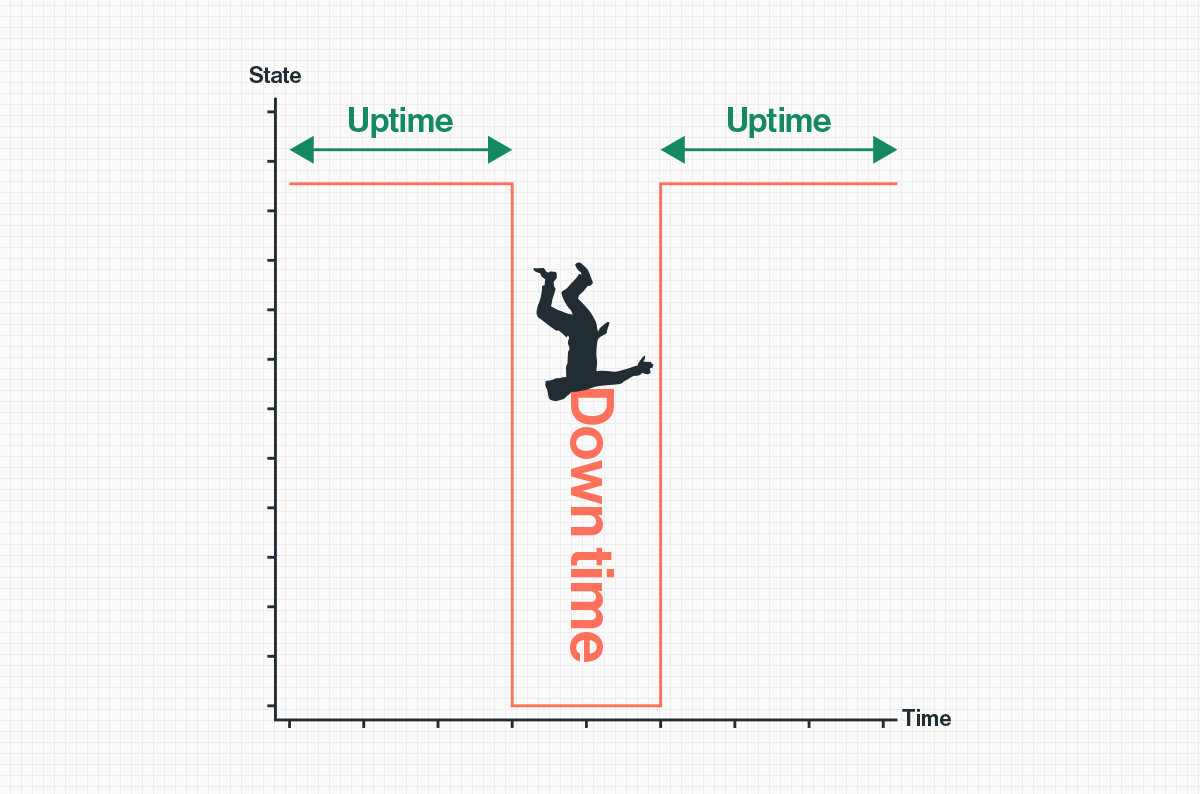|
Listen to post:
Getting your Trinity Audio player ready...
|
High availability may be top of mind for your organization, and if not, it really should be. The cost range of an unplanned outage ranges from $140,000 to $540,000 per hour. Obviously, this varies greatly between organizations based on a variety of factors specific to your business and environment. You can read more on how to calculate the cost of an outage to your business here: Gartner.
The adoption of the cloud makes high availability more critical than ever, as users and systems now require reliable, secure connectivity to function. With SASE and SSE solutions, vendors often focus on the availability SLA of the service, but modern access requires a broader application of HA across the entire solution. Starting with the location, simple, low-cost, zero-touch devices should be able to easily form HA pairs. Connectivity should then utilize the best path across multiple ISPs, connecting to the best point of presence (with a suitable backup PoP nearby as well) and finally across a middle-mile architected for HA and performance (a global private backbone if you will).

How SASE Provides HA
If this makes sense to you and you don’t currently have HA in all the locations and capabilities that are critical to your business, it is important to understand why this may be. Historically, HA was high effort and high cost as appliances-based solutions required nearly 2x investment to create HA pairs. Beyond just the appliances, building redundant data centers and connectivity was also out of reach for many organizations. Additionally, customers were typically responsible for architecting, deploying, and maintaining the HA deployment (or hiring a consultant), greatly improving the overall complexity of the environment.
Cato named a Challenger in the Gartner® Magic Quadrant™ for Single-vendor SASE | Download the ReportLet’s say that you do have the time and budget to build your own HA solution globally, is the time and effort worth it to you? How long will it take to implement? I understand you’ve worked hard to become an expert on specific vendor technologies, and it never hurts to know your way around a command line, but implementation and configuration are only the start. Complex HA configurations are difficult to manage on an ongoing basis, requiring specialized knowledge and skills, while not always working as expected when a failure occurs.
To protect your business, HA is essential, and SASE and SSE architectures should provide it on multiple levels natively as part of the solution. We should leave complicated command-line-based configurations and tunnels with ECMP load balancing in the past where they belong, replacing them with the simple, instant high-availability of a SASE solution you know your organization can rely on. Want to see the experience for yourself? Try this interactive demo on creating HA pairs with Cato Sockets here, I warn you, it’s so easy it may just be the world’s most boring demo.










